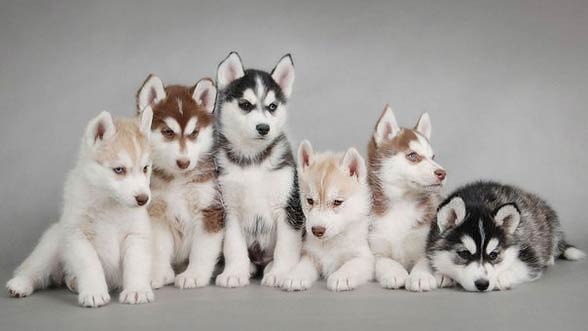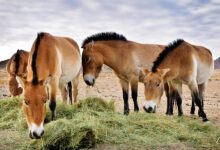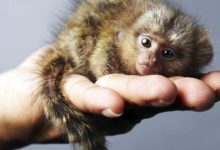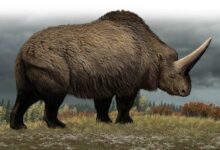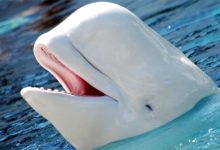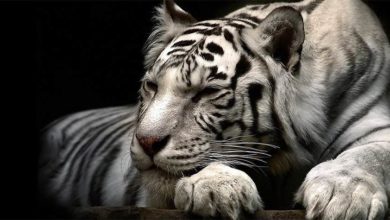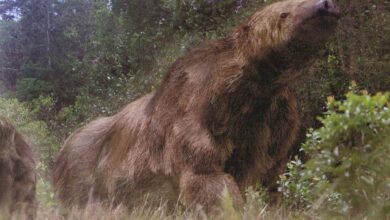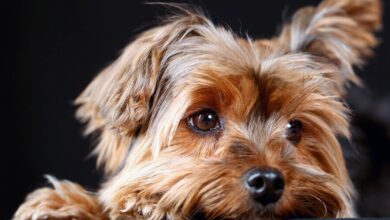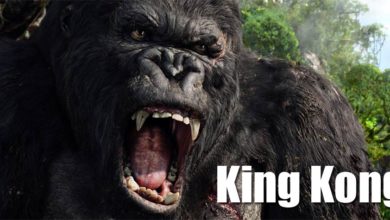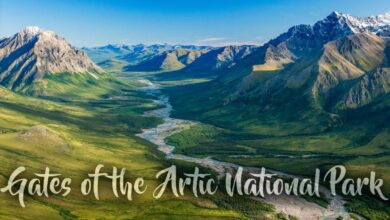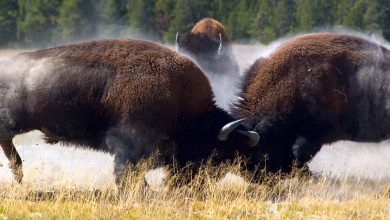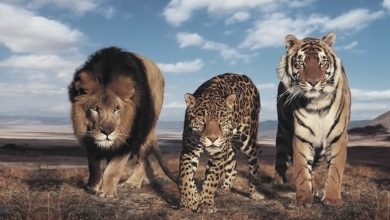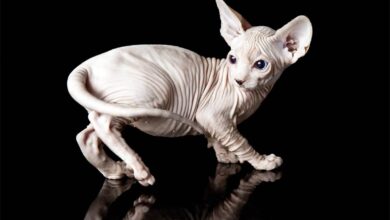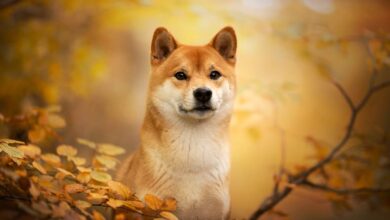Dog Breeds – Siberian Husky
Husky likes people and other animals, which – in combination with its original origin – may seem a paradox. However, thanks to this extraordinary mix, the popularity of Siberian husky has not decreased since its dissemination, that is, from the beginning of the twentieth century.
Names
Siberian Husky is also called: Chukcha, Chuksha, Husky, Icee, Sibe, Arctic Husky.
Country of origin
Siberia, Russia.
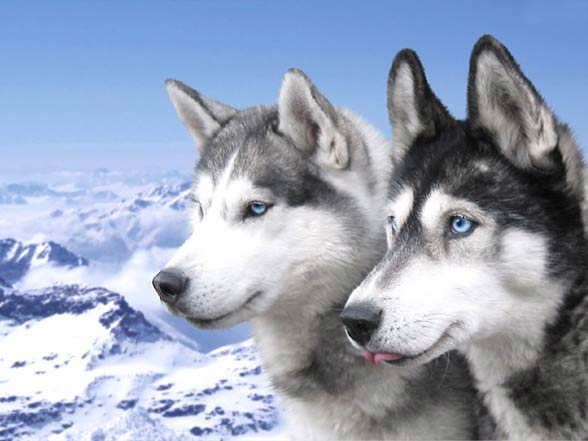
Classification
- FCI: Group 5 Section 1 #270AKC
- ANKC: Group 6 (Utility)
- CKC: Group 3 (Working)
- KC (UK): Working
- NZKC: Utility
- UKC: Northern Breeds
Huskies are an active, energetic, and resilient breed whose ancestors came from the extremely cold and harsh environment of the Siberian Arctic. Siberian Huskies were bred by the Chukchi of Northeastern Asia to pull heavy loads long distances through difficult conditions.
The dogs were imported into Alaska during the Nome Gold Rush and later spread into the United States and Canada. They were initially sent to Alaska and Canada as sled dogs but rapidly acquired the status of family pets and show dogs. Because of their efficiency as a working breed, most huskies are bred to be able to withstand long work days on little amounts of food.
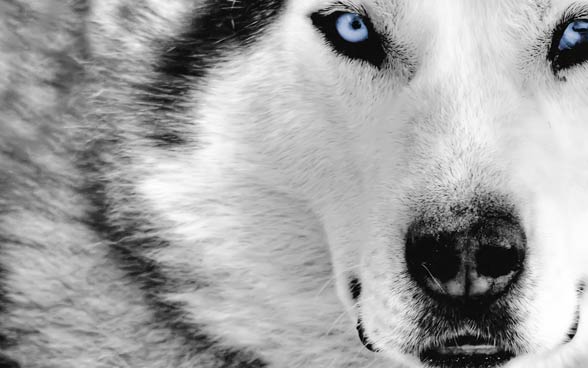
General appearance
The Siberian Husky is a medium-sized working dog, quick and light on his feet and free and graceful in action. Its moderately compact and well-furred body, erect ears and brush tail suggest his Northern heritage. Its characteristic gait is smooth and seemingly effortless.
It performs its original function in harness most capably, carrying a light load at a moderate speed over great distances. Its body proportions and form reflect this basic balance of power, speed and endurance.
The males of the Siberian Husky breed are masculine but never coarse; the bitches are feminine but without weakness of structure. In proper condition, with muscle firm and well developed, the Siberian Husky does not carry excess weight.
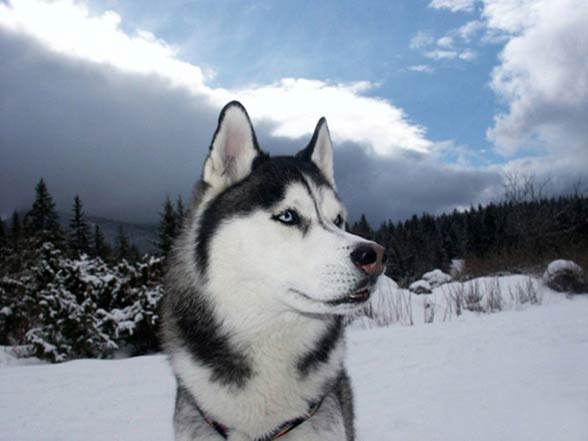
Description.
Coat.
A Siberian Husky’s coat is thicker than most other dog breeds, comprising two layers: a dense undercoat and a longer topcoat of short, straight guard hairs. It protects the dogs effectively against harsh Arctic winters, but the coat also reflects heat in the summer.
It is able to withstand temperatures as low as −50 to −60 °C (−58 to −76 °F). The undercoat is often absent during shedding. Their thick coats require weekly grooming. In hot areas, a husky’s coat can naturally change so the dog can adapt to hot temperatures.
Siberian Huskies come in a variety of colors and patterns, usually with white paws and legs, facial markings, and tail tip. The most common coats are black and white, then less common copper-red and white, grey and white, pure white, and the rare “Agouti” coat, though many individuals have blondish or piebald spotting. Striking masks, spectacles, and other facial markings occur in a wide variety. Merle coat patterns are not allowed.
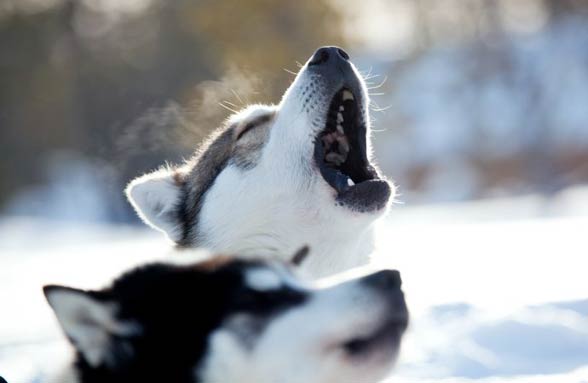
Blue Eyes…
The American Kennel Club describes the Siberian Husky’s eyes as “an almond shape, moderately spaced and set slightly obliquely.” The eyes of a Siberian Husky are pale blue, dark blue, amber, or brown. In some individual dogs, one eye may be brown and the other blue (complete heterochromia), or one or both eyes may be “parti-colored,” that is, half brown and half blue (partial heterochromia) All of these eye-color combinations are considered acceptable by the American Kennel Club.
Nose
Show-quality dogs are preferred to have neither pointed nor square noses. The nose is black in gray dogs, tan in black dogs, liver in copper-colored dogs, and may be light tan in white dogs. In some instances, Siberian Huskies can exhibit what is called “snow nose” or “winter nose.” This condition is called hypopigmentation in animals. “Snow nose” is acceptable in the show ring.
Tail
Siberian Husky tails are heavily furred; these dogs will often curl up with their tails over faces and noses in order to provide additional warmth. The tail should be expressive, held low when the dog is relaxed, and curved upward in a “sickle” shape when excited or interested in something. It should be symmetrical, and not curved or deviated to the side; nor should it ever curl so much as to touch the back.
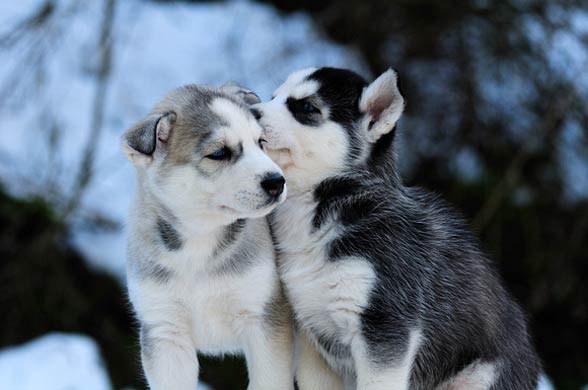
Behavior
The Husky has been described as a behavioral representative of the domestic dog’s forebear, the wolf, exhibiting a wide range of its ancestors’ behavior. They are known to howl rather than bark. If the dog is well trained when it’s young, it can make an ideal family pet.
They are affectionate with people of all ages. Behavioral issues include a tendency to roam and to make escape attempts. The ASPCA classifies the breed as good with children. It states they exhibit high energy indoors, have special exercise needs, may pursue cats, and may be destructive “without proper care.” They need frequent companionship of people and other dogs.
A fifteen-minute daily obedience training class has been shown to serve well for Siberian Huskies. Siberians need consistent training and do well with a positive reinforcement training program. They rank 45th in Stanley Coren’s The Intelligence of Dogs, being of average working/obedience intelligence.
Huskies tend to run because they were at first bred to be sled dogs. They were historically bred to be working and companion animals by the Chukchi people, and should always be gentle in nature. The Chukchi people use Siberian huskies to look after their children.
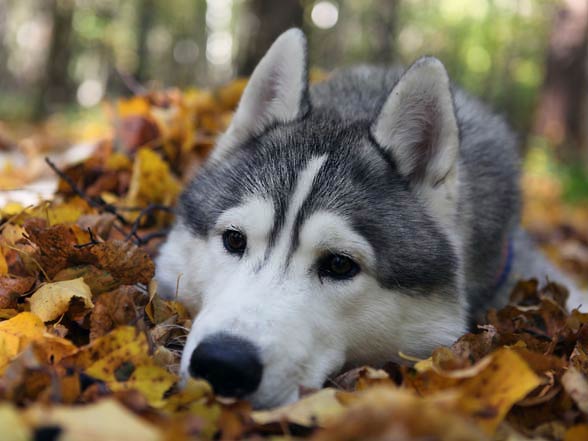
Health
Health issues in the breed are mainly genetic, such as seizures and defects of the eye (juvenile cataracts, corneal dystrophy, canine glaucoma and progressive retinal atrophy) and congenital laryngeal paralysis. Hip dysplasia is not often found in this breed; however, as with many medium or larger-sized canines, it can occur. The Orthopedic Foundation for Animals currently has the Siberian Husky ranked 155th out of a possible 160 breeds at risk for hip dysplasia, with only two percent of tested Siberian Huskies showing dysplasia.
Siberian Huskies used for sled racing may also be prone to other ailments, such as gastric disease, bronchitis or bronchopulmonary ailments (“ski asthma”), and gastric erosions or ulcerations.
Modern Siberian Huskies registered in the US are largely the descendants of the 1930 Siberia imports and of Leonhard Seppala’s dogs, particularly Balto. The limited number of registered foundational dogs has led to some discussion about their vulnerability to the founder effect.
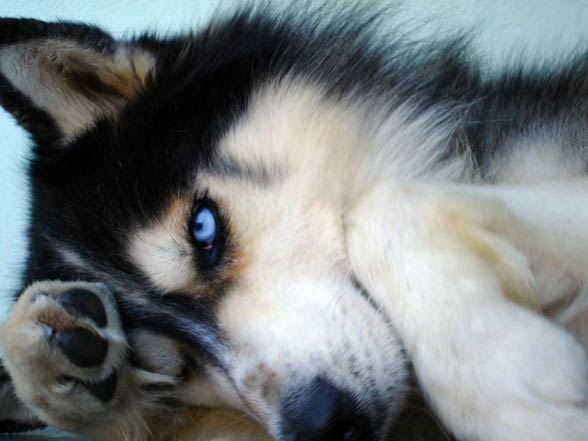
Data/Size
Siberian Husky
- Weight:
- Male 45–60 pounds (20–27 kg)
- Female: 35–50 pounds (16–23 kg)
- Height:
- Male 21–25 inches (53–64 cm)
- Female 20–23.5 inches (51–60 cm)
- Litter size: 9-11 puppies
- Life span: 12–14 years
- Coat: Thick double coat – thick undercoat and soft outer coat
- Color: All colors from black to white along with a brown/red color

SUMMARY
The most important breed characteristics of the Siberian Husky are medium size, moderate bone, well-balanced proportions, ease and freedom of movement, proper coat, pleasing head and ears, correct tail, and good disposition. Any appearance of excessive bone or weight, constricted or clumsy gait, or long, rough coat should be penalized.
The Siberian Husky never appears so heavy or coarse as to suggest a freighting animal; nor is he so light and fragile as to suggest a sprint-racing animal. In both sexes, the Siberian Husky gives the appearance of being capable of great endurance. In addition to the faults already noted, the obvious structural faults common to all breeds are as undesirable in the Siberian Husky as in any other breed, even though they are not specifically mentioned herein.
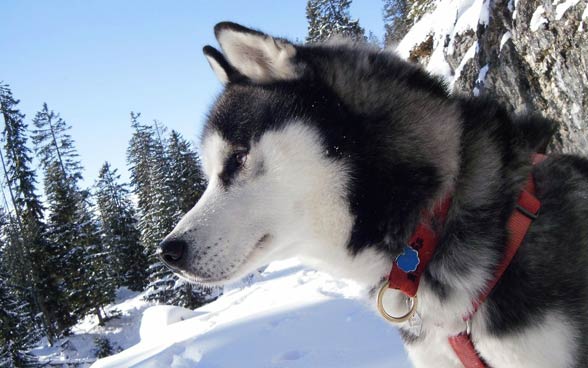
Siberian Husky – Curiosities
- The breed’s ancestors were originally reared by the Chukchi people in Eastern Siberia.
- Americans in Alaska first imported them to the USA in 1909.
- Siberian husky, Samoyed and Alaskan Malamute derive directly from the first sled dogs, as evidenced in 2004, based on DNA analysis and confirmed at the same time, it is one of the oldest breeds of dogs, which places the original dogs.
- In 2012, the AKC ranked breed to 16th place in terms of the number of registered individuals.
- Primary sled dogs bred by the Chukchi thought to be extinct, but Benedict Allen, after a visit to that area in 2006, found that they still exist.
- According to Stanley Coren siberian husky is on the 45th place in the ranking of the smartest, most obedient and most working breeds.
- They need to be well brushed so they can use their coat to cool down.
- The Siberian husky has a special coat – but you should plan for walks and runs in the early morning and later evening. Never in the hottest part of the day – late morning/middle afternoon. Provide lots of ice cold water breaks during exercise. Also, brush the hair a few times a week too.

Famous Siberian Husky
- Siberians gained popularity with the story of the “Great Race of Mercy,” the 1925 serum run to Nome, which made dogs Balto and Togo famous. Though Balto is the more famous of the two and was the dog to deliver the serum to Nome after running the final 53-mile leg, it was Togo who made the longest run of the relay, guiding his musher Leonhard Seppala on a 91-mile journey that included crossing the deadly Norton Sound to Golovin.
- Several purebred Siberian Huskies portrayed Diefenbaker, the “half-wolf” companion to RCMP Constable Benton Fraser, in the CBS/Alliance Atlantis TV series Due South.
